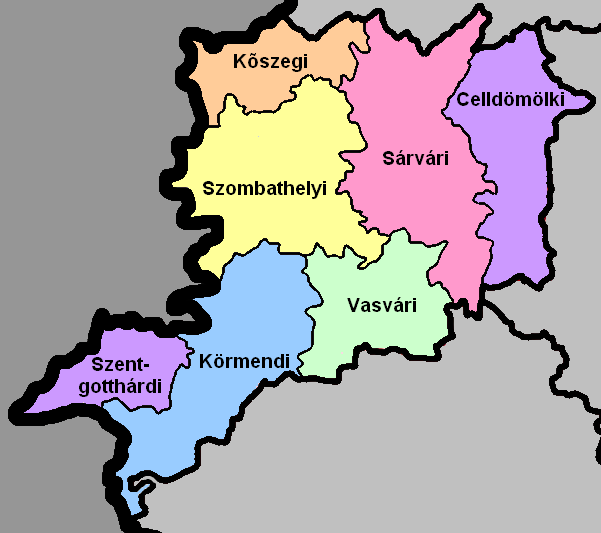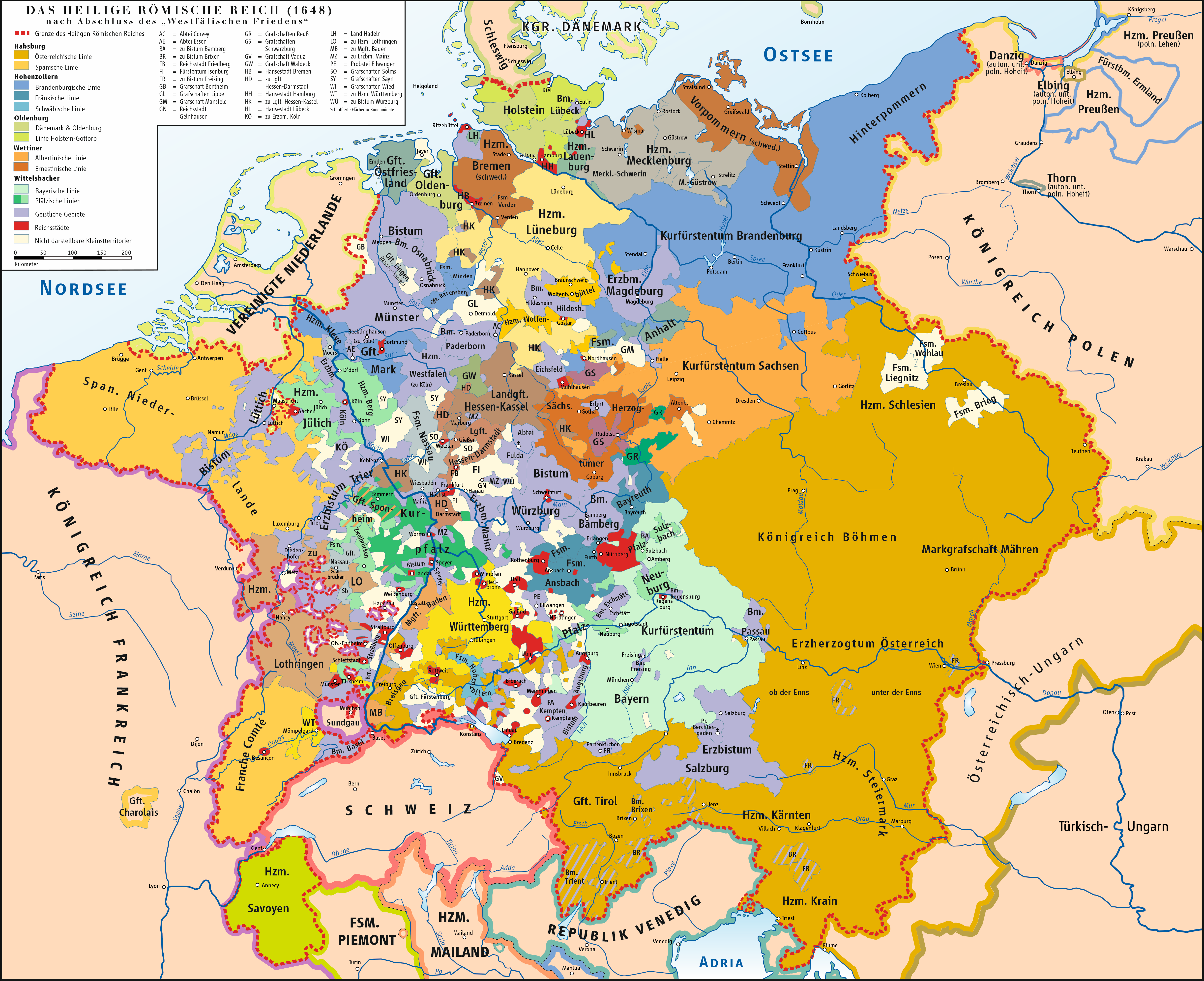|
Vasvár
Vasvár (, , Latin language, Latin: (formerly) ), is a town in Vas County, Hungary. It was the county seat of Vas County. History While the Ottomans occupied most of central Europe, the region north of lake Balaton remained in the Kingdom of Hungary (1538–1867) (captaincy between Balaton and Drava). The town was the head of the ''Vas, EISENBURG'' comitat near 1850. Until 1918, ''VASVÁR'' was part of the Austrian monarchy, province of Hungary;Handbook of Austria and Lombardy-Venetia Cancellations on the Postage Stamp Issues 1850-1864, by Edwin MUELLER, 1961. in Transleithania after the compromise of 1867 in the Kingdom of Hungary. During World War II, Vasvár was captured on 31 March 1945 by Red Army, Soviet troops of the 3rd Ukrainian Front in the course of the Nagykanizsa–Körmend Offensive. References See also * Peace of Vasvár * Vasvári kistérség :hu:Vasvári kistérség, (hu) Populated places in Vas County {{Hungary-hist-stub ... [...More Info...] [...Related Items...] OR: [Wikipedia] [Google] [Baidu] |
Vas County
Vas (, ; ; or ; ) is an administrative county (Counties of Hungary, comitatus or ''vármegye'') of Hungary. It was also one of the counties of the former Kingdom of Hungary. It is part of the Centrope Project. Geography Vas County lies in western Hungary. It shares borders with Austria (Burgenland), Slovenia (Mura Statistical Region), and the Hungarian counties of Győr-Moson-Sopron, Veszprém (county), Veszprém, and Zala County, Zala. The capital of Vas County is Szombathely. Its area is 3,336 km². History Vas is also the name of a historic administrative county (Comitatus (Kingdom of Hungary), comitatus) of the Kingdom of Hungary. Its territory is now in western Hungary, eastern Austria, and eastern Slovenia. The capital of the county was Szombathely. Vas County arose as one of the first comitatus of the Kingdom of Hungary. In 1920, by the Treaty of Trianon the western part of the county became part of the new Austrian land Burgenland, and a smaller part in the sout ... [...More Info...] [...Related Items...] OR: [Wikipedia] [Google] [Baidu] |
Peace Of Vasvár
The Peace of Vasvár was a treaty between the Habsburg monarchy and the Ottoman Empire which followed the Battle of Saint Gotthard of 1 August 1664 (near Mogersdorf, Burgenland), and concluded the Austro-Turkish War (1663–64). It held for about 20 years, until 1683, during which border skirmishing escalated to a full-scale war. At the time of signing, the military of the Habsburgs was in a better position than that of the Ottomans. Instead of maintaining initiative and momentum, negotiations began and fighting stopped. In fact, Leopold I, Holy Roman Emperor wanted peace to be signed so that he could be better prepared against France. However, factions within the monarchy insisted on further operations, particularly Croats and Hungarians, mainly because most of their territory was in Ottoman hands, and they wanted to use the opportunity to reclaim their land. Noble Croatian families, the Zrinski and the Frankopan, viewed the treaty as particularly supplicating to the Ottomans ... [...More Info...] [...Related Items...] OR: [Wikipedia] [Google] [Baidu] |
Countries Of The World
The following is a list providing an overview of sovereign states around the world with information on their status and recognition of their sovereignty. The 205 listed states can be divided into three categories based on membership within the United Nations System: 193 member states of the United Nations, UN member states, two United Nations General Assembly observers#Current non-member observers, UN General Assembly non-member observer states, and ten other states. The ''sovereignty dispute'' column indicates states having undisputed sovereignty (188 states, of which there are 187 UN member states and one UN General Assembly non-member observer state), states having disputed sovereignty (15 states, of which there are six UN member states, one UN General Assembly non-member observer state, and eight de facto states), and states having a political status of the Cook Islands and Niue, special political status (two states, both in associated state, free association with New ... [...More Info...] [...Related Items...] OR: [Wikipedia] [Google] [Baidu] |
Austrian Monarchy
The Habsburg monarchy, also known as Habsburg Empire, or Habsburg Realm (), was the collection of empires, kingdoms, duchies, counties and other polities ( composite monarchy) that were ruled by the House of Habsburg. From the 18th century it is also referred to as the Austrian monarchy, the Austrian Empire () or the Danubian monarchy. The history of the Habsburg monarchy can be traced back to the election of Rudolf I as King of Germany in 1273 and his acquisition of the Duchy of Austria for the Habsburgs in 1282. In 1482, Maximilian I acquired the Netherlands through marriage. Both realms passed to his grandson and successor, Charles V, who also inherited the Spanish throne and its colonial possessions, and thus came to rule the Habsburg empire at its greatest territorial extent. The abdication of Charles V in 1556 led to a division within the dynasty between his son Philip II of Spain and his brother Ferdinand I, who had served as his lieutenant and the elected king ... [...More Info...] [...Related Items...] OR: [Wikipedia] [Google] [Baidu] |
3rd Ukrainian Front
The 3rd Ukrainian Front () was a Front of the Soviet Red Army during World War II. It was founded on 20 October 1943, on the basis of a Stavka order of October 16, 1943, by renaming the Southwestern Front. It included 1st Guards Army, 8th Guards Army, 6th, 12th, and 46th Armies and 17th Air Army. Later it included 5th Shock, 4th and 9th Guards Army, 26th, 27th, 28th, 37th, 57th Army, 6th Guards Tank Army, and the Bulgarian First, Second and Fourth Armies. The Danube Flotilla was assigned to the Front's operational control. This included the 83rd Naval Infantry Brigade. Zaporizhzhia and Dnipropetrovsk offensive operations In the first half of October 1943, Southwestern Front (3rd Ukrainian Front from 20 October) commanded by Army General Rodion Malinovsky was tasked with attacking the German Panther-Wotan line, and later securing the bridgeheads on the eastern bank of the Dnieper on the Izyum - Dnipropetrovsk axis during the Battle of the Lower Dnieper. But the ... [...More Info...] [...Related Items...] OR: [Wikipedia] [Google] [Baidu] |
Red Army
The Workers' and Peasants' Red Army, often shortened to the Red Army, was the army and air force of the Russian Soviet Republic and, from 1922, the Soviet Union. The army was established in January 1918 by a decree of the Council of People's Commissars to oppose the military forces of the new nation's adversaries during the Russian Civil War, especially the various groups collectively known as the White Army. In February 1946, the Red Army (which embodied the main component of the Soviet Armed Forces alongside the Soviet Navy) was renamed the "Soviet Army". Following the dissolution of the Soviet Union it was split between the post-Soviet states, with its bulk becoming the Russian Ground Forces, commonly considered to be the successor of the Soviet Army. The Red Army provided the largest land warfare, ground force in the Allies of World War II, Allied victory in the European theatre of World War II, and its Soviet invasion of Manchuria, invasion of Manchuria assisted the un ... [...More Info...] [...Related Items...] OR: [Wikipedia] [Google] [Baidu] |
World War II
World War II or the Second World War (1 September 1939 – 2 September 1945) was a World war, global conflict between two coalitions: the Allies of World War II, Allies and the Axis powers. World War II by country, Nearly all of the world's countries participated, with many nations mobilising all resources in pursuit of total war. Tanks in World War II, Tanks and Air warfare of World War II, aircraft played major roles, enabling the strategic bombing of cities and delivery of the Atomic bombings of Hiroshima and Nagasaki, first and only nuclear weapons ever used in war. World War II is the List of wars by death toll, deadliest conflict in history, causing World War II casualties, the death of 70 to 85 million people, more than half of whom were civilians. Millions died in genocides, including the Holocaust, and by massacres, starvation, and disease. After the Allied victory, Allied-occupied Germany, Germany, Allied-occupied Austria, Austria, Occupation of Japan, Japan, a ... [...More Info...] [...Related Items...] OR: [Wikipedia] [Google] [Baidu] |
Kingdom Of Hungary
The Kingdom of Hungary was a monarchy in Central Europe that existed for nearly a millennium, from 1000 to 1946 and was a key part of the Habsburg monarchy from 1526-1918. The Principality of Hungary emerged as a Christian kingdom upon the Coronation of the Hungarian monarch, coronation of the first king Stephen I of Hungary, Stephen I at Esztergom around the year 1000;Kristó Gyula – Barta János – Gergely Jenő: Magyarország története előidőktől 2000-ig (History of Hungary from the prehistory to 2000), Pannonica Kiadó, Budapest, 2002, , pp. 37, 113, 678 ("Magyarország a 12. század második felére jelentős európai tényezővé, középhatalommá vált."/"By the 12th century Hungary became an important European factor, became a middle power.", "A Nyugat részévé vált Magyarország.../Hungary became part of the West"), pp. 616–644 his family (the Árpád dynasty) led the monarchy for 300 years. By the 12th century, the kingdom became a European power. Du ... [...More Info...] [...Related Items...] OR: [Wikipedia] [Google] [Baidu] |
Compromise Of 1867
The Austro-Hungarian Compromise of 1867 (, ) established the dual monarchy of Austria-Hungary, which was a military and diplomatic alliance of two sovereign states. The Compromise only partially re-established the former pre-1848 sovereignty and status of the Kingdom of Hungary, being separate from, and no longer subject to, the Austrian Empire. The compromise put an end to the 18-year-long military dictatorship and absolutist rule over Hungary which Emperor Franz Joseph had instituted after the Hungarian Revolution of 1848. The territorial integrity of the Kingdom of Hungary was restored. The agreement also restored the old historic constitution of the Kingdom of Hungary. Hungarian political leaders had two main goals during the negotiations. One was to regain the traditional status (both legal and political) of the Hungarian state, which had been lost after the Hungarian Revolution of 1848. The other was to restore the series of reform laws (the so-called April Laws) o ... [...More Info...] [...Related Items...] OR: [Wikipedia] [Google] [Baidu] |
Transleithania
The Lands of the Crown of Saint Stephen (), informally Transleithania (meaning the lands or region "beyond" the Leitha River), were the Hungarian territories of Austria-Hungary, throughout the latter's entire existence (30 March 1867 – 16 November 1918), and which disintegrated following its dissolution. The name referenced the historic coronation crown of Hungary, known as the Crown of Saint Stephen of Hungary, which had a symbolic importance to the Kingdom of Hungary. According to the First Article of the Croatian–Hungarian Settlement of 1868, this territory, also called Arch-Kingdom of Hungary (, pursuant to Medieval Latin terminology), was officially defined as "a state union of the Kingdom of Hungary and the Triune Kingdom of Croatia, Slavonia and Dalmatia". Though Dalmatia actually lay outside the Lands of the Crown of Saint Stephen, being part of Cisleithania, the Austrian half of the empire, it was nevertheless included in its name, due to a long political ... [...More Info...] [...Related Items...] OR: [Wikipedia] [Google] [Baidu] |





